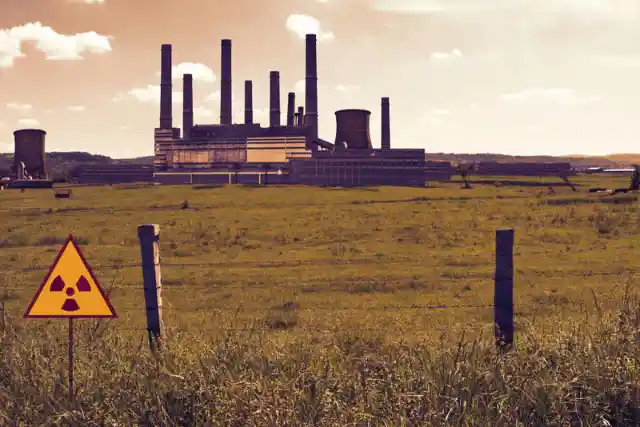From the absolute maniacs on social media going to Chernobyl to take photos of it to the people who believe it houses some Fallout-style mutations, Chernobyl is a place with plenty of history.


The site of the horrific Chernobyl disaster has become a location that many people wish to come and visit. While that’s a touch drastic given what actually took place here, exploration is leading to discovery.
And one such discovery has come in the most shocking place – inside the nuclear reactor itself. It was recently discovered that a fungus is growing within the location that has the power to eat and feast on radiation.
While this might sound like the prelude for a new Marvel superhero, it’s 100% what has been happening.
The fungus was found as early as 1991; a fungus that was growing up the walls of the reactor. Over time, researchers found that this fungus was actually impervious to the radiation that was being pumped out.
Not only was it impervious, but it seemed to be attracted to it in many ways. They found that this pigment was loaded with melanin, too.
Futuristic Fungi Creating New Future


The radiation is being converted and turned into some form of energy that allows the fungi to keep on growing.
Indeed, a 2008 paper carried out by Ekaterina Dadachova of the Albert Einstein College of Medicine found that it wasn’t likely to be the only example of an organism that could do this, stating:
"Large quantities of highly melanized fungal spores have been found in early Cretaceous period deposits when many species of animals and plants died out. This period coincides with Earth’s crossing the “magnetic zero” resulting in the loss of its “shield” against cosmic radiation."
So, who knows what we might find in the future?
This points to the reality, though, that some things can live within radioactive locations.
Some things can even thrive in such a location.
With that in mind, we can expect to see more detail come out about this in the future.
Who knows what this discovery could help us to uncover about radiation, and how to best combat it?